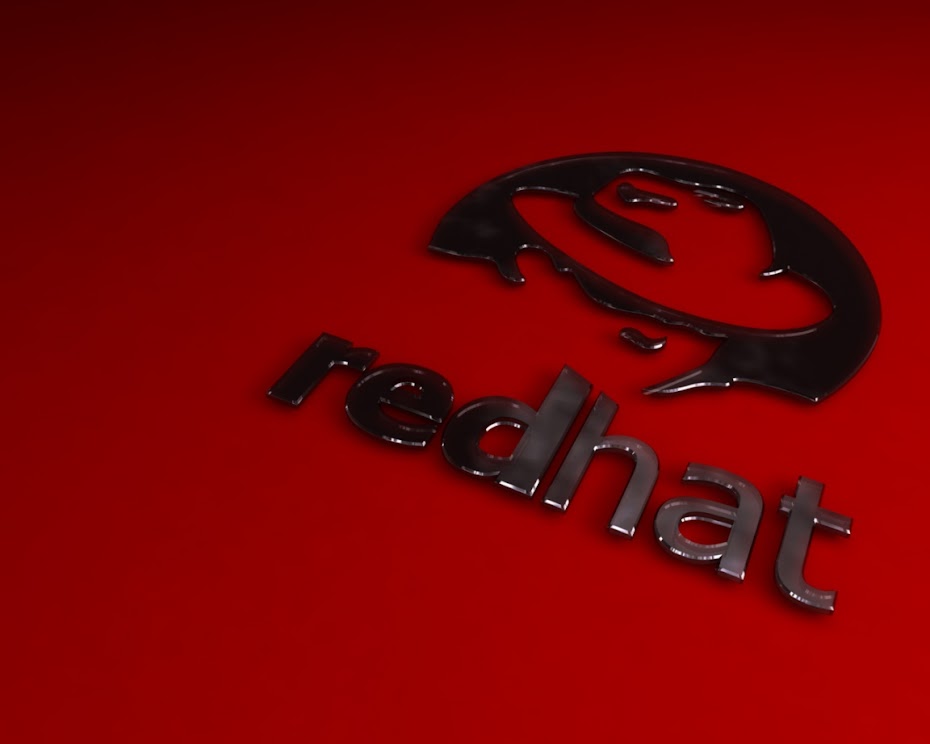Thursday, June 17, 2010
Sunday, November 15, 2009
Virtual Memory
Name: Smith Solace
Virtual memory is a computer system technique which gives an application program the impression that it has contiguous working memory (an address space), while in fact it may be physically fragmented and may even overflow on to disk storage. Systems that use this technique make programming of large applications easier and use real physical memory (e.g. RAM) more efficiently than those without virtual memory. Virtual memory differs significantly from memory virtualization in that virtual memory allows resources to be virtualized as memory for a specific system, as opposed to a large pool of memory being virtualized as smaller pools for many different systems.
Note that "virtual memory" is more than just "using disk space to extend physical memory size" - that is merely the extension of the memory hierarchy to include hard disk drives. Extending memory to disk is a normal consequence of using virtual memory techniques, but could be done by other means such as overlays or swapping programs and their data completely out to disk while they are inactive. The definition of "virtual memory" is based on redefining the address space with a contiguous virtual memory addresses to "trick" programs into thinking they are using large blocks of contiguous addresses.
Modern general-purpose computer operating systems generally use virtual memory techniques for ordinary applications, such as word processors, spreadsheets, multimedia players, accounting, etc., except where the required hardware support (memory protection) is unavailable. Older operating systems, such as DOS[1] of the 1980s, or those for the mainframes of the 1960s, generally had no virtual memory functionality - notable exceptions being the Atlas, B5000 and Apple Computer's Lisa.
Embedded systems and other special-purpose computer systems which require very fast and/or very consistent response times may opt not to use virtual memory due to decreased determinism.
Virtual memory is a computer system technique which gives an application program the impression that it has contiguous working memory (an address space), while in fact it may be physically fragmented and may even overflow on to disk storage. Systems that use this technique make programming of large applications easier and use real physical memory (e.g. RAM) more efficiently than those without virtual memory. Virtual memory differs significantly from memory virtualization in that virtual memory allows resources to be virtualized as memory for a specific system, as opposed to a large pool of memory being virtualized as smaller pools for many different systems.
Note that "virtual memory" is more than just "using disk space to extend physical memory size" - that is merely the extension of the memory hierarchy to include hard disk drives. Extending memory to disk is a normal consequence of using virtual memory techniques, but could be done by other means such as overlays or swapping programs and their data completely out to disk while they are inactive. The definition of "virtual memory" is based on redefining the address space with a contiguous virtual memory addresses to "trick" programs into thinking they are using large blocks of contiguous addresses.
Modern general-purpose computer operating systems generally use virtual memory techniques for ordinary applications, such as word processors, spreadsheets, multimedia players, accounting, etc., except where the required hardware support (memory protection) is unavailable. Older operating systems, such as DOS[1] of the 1980s, or those for the mainframes of the 1960s, generally had no virtual memory functionality - notable exceptions being the Atlas, B5000 and Apple Computer's Lisa.
Embedded systems and other special-purpose computer systems which require very fast and/or very consistent response times may opt not to use virtual memory due to decreased determinism.
Virtual Memory tool in the Computer.
Author: Smith Solace
How to increase the speed of the windows xp by upgrading the paging memory?
ans: this is called the virtual space usage of the computer friends i have used new technique to upgrade and add the speed by using the paging memory.
step 1: first of all right click on the my computer go to the properties then select the advance tab from the properties.
step 2: then select virtual memory settings on the first option then click o the numerical value then select the value and add the information.
step 3: add the values instead of the drive paging memorys to the selected numbers and then add the increasing number then it will have little affect to the information processing.
How to increase the speed of the windows xp by upgrading the paging memory?
ans: this is called the virtual space usage of the computer friends i have used new technique to upgrade and add the speed by using the paging memory.
step 1: first of all right click on the my computer go to the properties then select the advance tab from the properties.
step 2: then select virtual memory settings on the first option then click o the numerical value then select the value and add the information.
step 3: add the values instead of the drive paging memorys to the selected numbers and then add the increasing number then it will have little affect to the information processing.
Subscribe to:
Comments (Atom)
